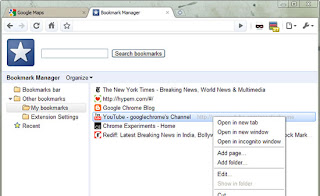
If you're the type of person who enjoys getting their hands dirty (and we're betting you are), then feast your eyes on Liquidware's DIY tablet. The open source hardware company is now selling its Beagle Embedded Starter Kit, which is mostly aimed at embedded developers, but there's nothing to stop you "average folk" from picking one up for a weekend project.
The kit contains everything you need to get your homebrewed tablet off the ground: a 4.3-inch 480x272 OLED resistive touchscreen, a mainboard with a 720MHz ARM-Cortex A8 processor (the same chip found in the Droid and Pre smartphones), 2GB of NAND and an SD card slot with a 4GB card containing Angstrom Linux, and a 2600mAh battery module that can sustain the mainboard for "at least" 6.5 hours.
Sure, it isn't the most attractive slate around, but beauty is in the eye of the beholder right? At $393.61 (or $413.61 preassembled), the Beagle DIY tablet is well within the reach of anyone looking to break out the elbow grease – although there are some cheaper development kits around.






















